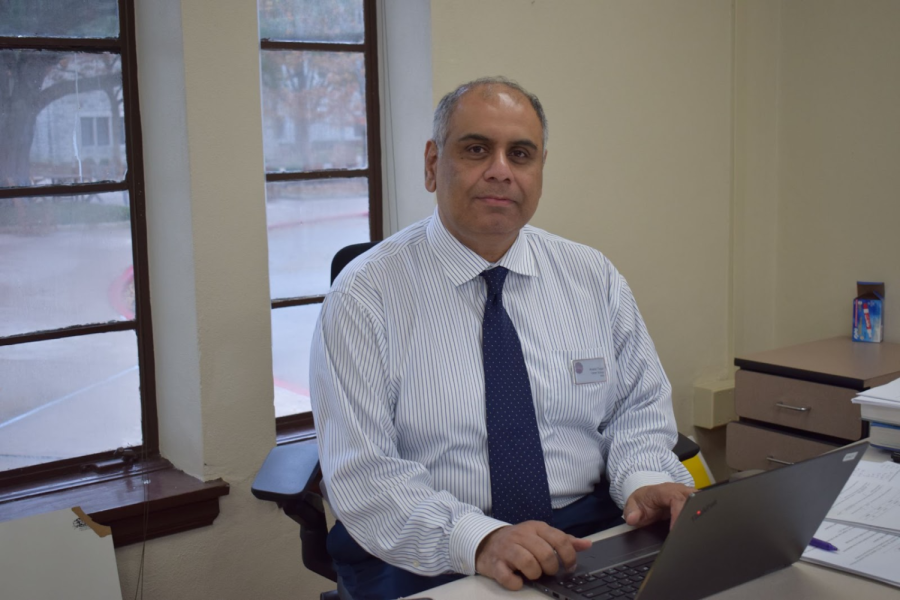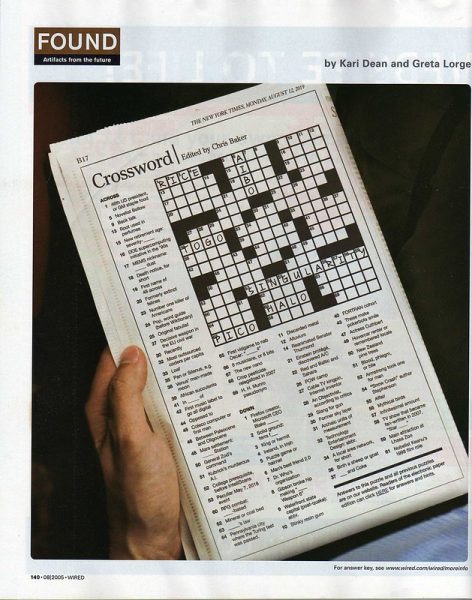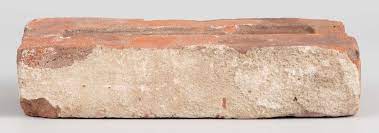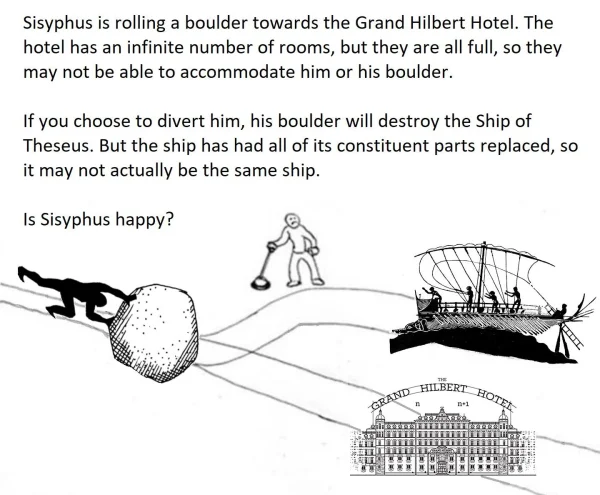Math and Mantras: New teacher dabbles in Vedic astrology
Math teacher Anand Tiwari occasionally gives palm readings to his students.
May 3, 2023
When six-year-old Anand Tiwari lived in India, his mother took him to an astrologer who predicted two significant changes that would take place in Tiwari’s lifetime.
First, he would leave India. This came true in 1995, when Tiwari moved to Illinois to get his master’s degree in Electrical Engineering at Bradley University. Shortly after graduating, he worked at a startup called PrairieComm and then transitioned to Motorola, a telecommunications company, before eventually winding up at St. John’s as a math teacher.
Second, at around 40 he would turn away from the material aspects of life to become a more spiritual person.
“That actually happened on the dot,” Tiwari said.
At 43, he started noticing his life going awry. His boss wrongfully passed Tiwari over for a promotion and he started wondering why he was faced with many misfortunes.
“I followed the rules, I followed the laws, I put in the hard work, yet the results did not show up,” Tiwari said.
Tiwari turned to Vedic astrology for the answer.
Tiwari found a guru in Marc Boney, author of 22 Jyotish books and founder of the Pacific Institute of Vedic Sciences. Boney mentored Tiwari for six months; two years later, Tiwari began his career as a professional astrological consultant.
Astrology is the study of the positions and movements of celestial bodies. Tiwari explains Vedic astrology, or Jyotisha, as similar to western astrology, except it is based on seven planets, two nodes of the moon and 12 zodiac signs.
Before starting his business, Tiwari compiled a collection of classic and contemporary books and articles about Vedic astrology. Since becoming an astrologer, he has read over 1000 astrological charts.
Tiwari runs his Vedic astrology business from home and through his website. He provides readings that can take up to 3 days or snapshot readings that take less than an hour. Tiwari always starts by asking for three specific pieces of information: date, time and place of birth. He then reads the astrological chart.
“It’s a very labor-intensive and mentally taxing process,” Tiwari said.
Tiwari’s advice for future astrologers and practitioners of metaphysical sciences is to realize that they can only do so much.
“We really don’t have any control over the result,” Tiwari said.
Tiwari compares studying astrology to being a math teacher. As an astrologer, he reads charts to counsel people, especially when they are faced with difficult times. As a teacher, he considers himself a counselor when helping students learn and study for tests.
When asked about his favorite aspects of Vedic Astrology, Anand Tiwari responded quoting Shawshank Redemption, “Hope is a good thing. Maybe the best of things. And no good thing ever dies.”















